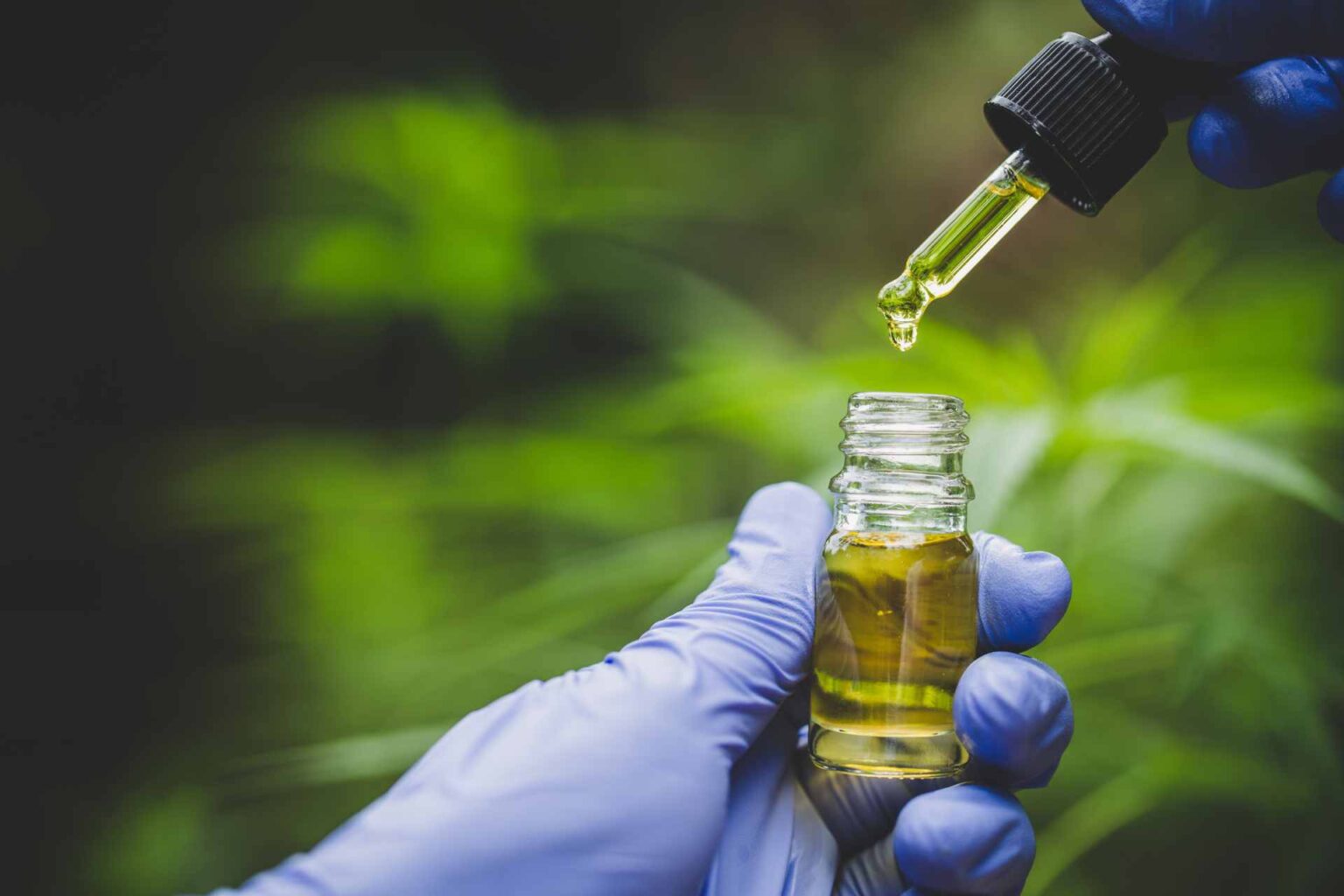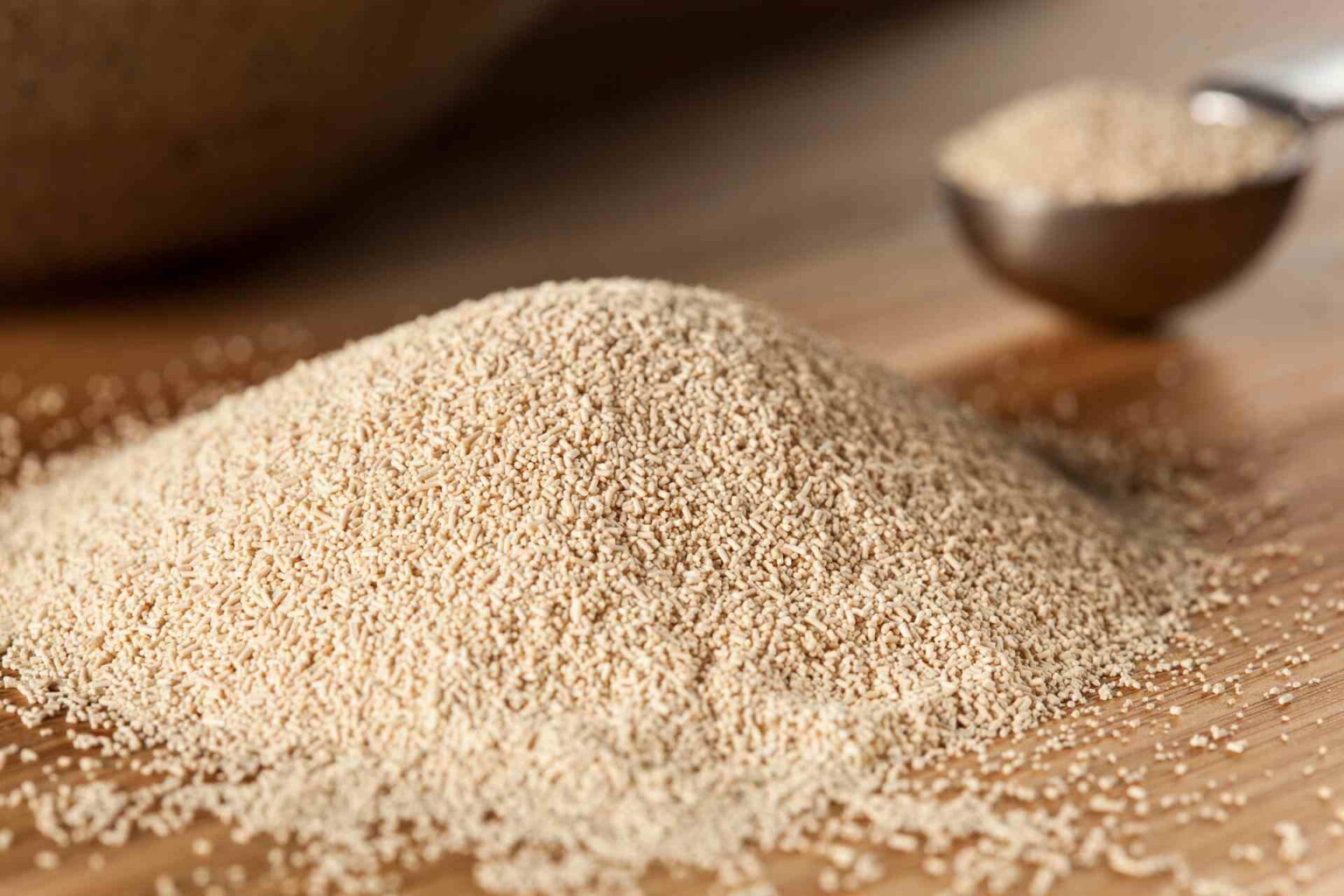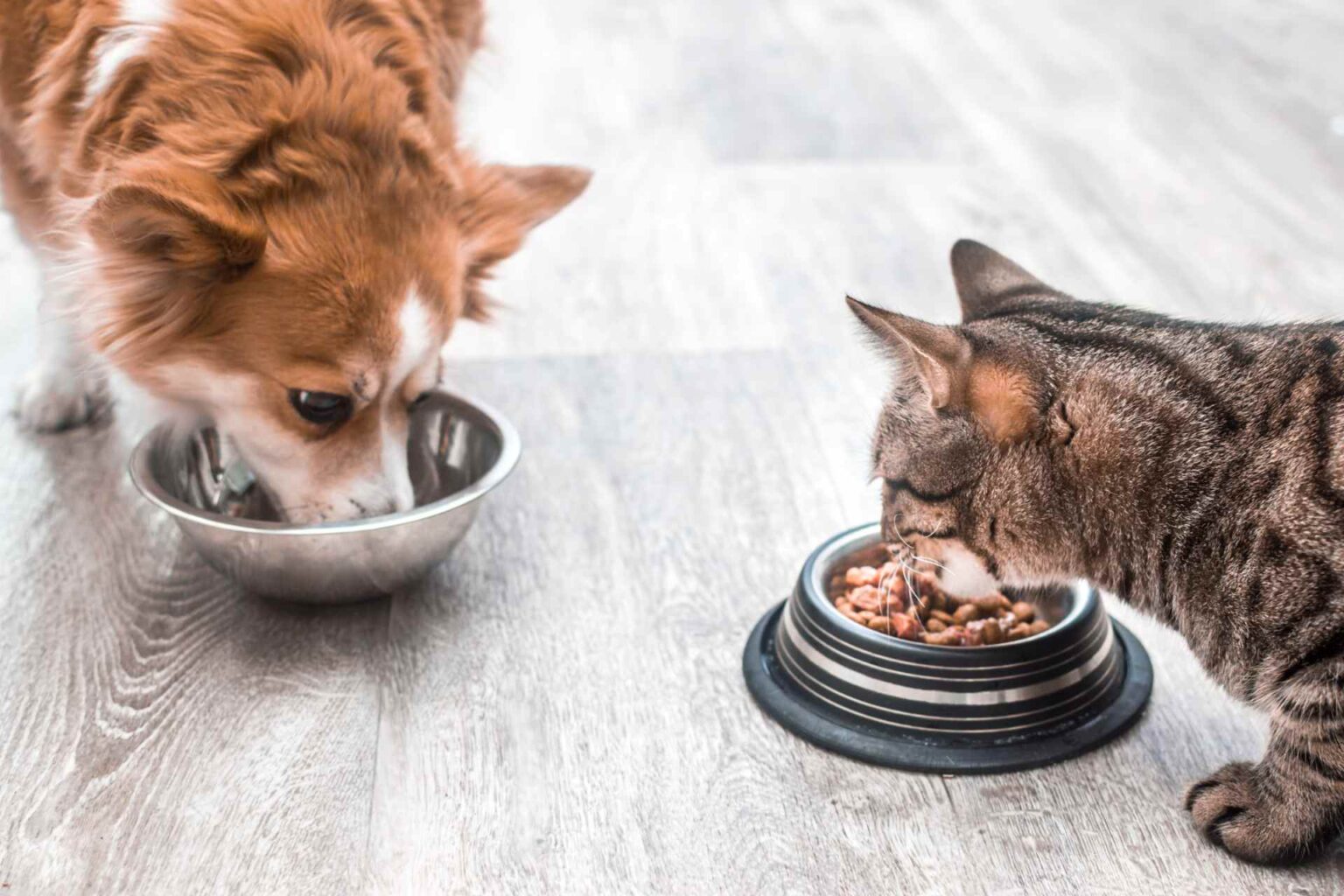Osteoarthritis is estimated to afflict about 20% of dogs aged ≥1 year and 90% of those older than 5 years. Similar prevalence in cats, ranging from 16.5% to 91% and increasing with age. Already from these data it can be understood how the condition is probably underdiagnosed in the most classic of companion animals and how the resulting pain is often ignored. Indeed, the management of osteoarthritis in dogs and cats is far from smooth, identifying the most appropriate preventive-therapeutic interventions-NSAIDs, opioids, nutraceuticals, physiotherapy, weight loss, dietary therapy-requires extreme patience, and the results can be frustrating for both the veterinarian and the pet owner. This is another reason why the work of a team of authors from the University of Illinois, Urbana, describing the options available appears interesting, in a sort of lectio magistralis published in the Journal of the American Veterinary Medical Association.
Multimodal therapy as a goal to be pursued
After a general discussion of osteoarthritis, the importance of weight control, and risk factors such as genetics, age, sex, and, most importantly, obesity, the limitations of treatment based solely on NSAID-based analgesic treatment are described, and the need to implement a broader approach that, in addition to treating pain, can slow disease progression is emphasized. Pointing out that A dietary regimen enriched with specific supplements allows for an anti-inflammatory and chondroprotective effect without risking running into the classic undesirable occurrences of Fans, the authors suggest the advantages of multimodal therapy, in which diet and substances such as omega-3, GLM, glucosamine and chondroitin sulfate play a crucial role.
The rationale for omega-3, GLM, glucosamine and chondroitin sulfate
As the U.S. work points out, omega-3s-particularly eicosapentaenoic acid (EPA) and docosahexaenoic acid (DHA) -are used in osteoarthritis because they counteract inflammation and pain. However, suggested doses range from 230 to 370 mg of EPA and DHA per kg of body weight, and administration via fish oil preparations in pill form can therefore be problematic especially in large dogs, risking compromised compliance. One solution is an enriched diet (3.5 percent fish oil), which achieves significant improvements.
Derived from a freshwater mollusk , GLM (green-lipped mussel) is a supplement that has a chondroprotective and anti-inflammatory effect. In dogs and cats subjected to supplementation it has shown interesting benefits, but the appropriate doses according to weight have not yet been identified and in large animals could be quite costly; hence the authors believe that GLM is more suitable for small dogs and cats.
Glucosamine and chondroitin sulfate have a synergistic effect at the level of joint cartilage , and in dogs have also shown positive results when compared with carprofen. Compared with NSAIDs, however, the effects occur with some delay, underscoring the need for prolonged dietary supplementation at appropriate doses.
The manifold significance of owner education
If A specifically enriched diet is the best solution for dealing with osteoatrous disease in dogs and cats, another message emerges from the work: joint health assessment should be conducted thoroughly during every follow-up visit as early as one year of age and annually. For the same reasons, it is also important to explain to the pet’s owner what the early signs of disease may be, as this sort of education is also crucial to ensure the effectiveness of the nutritional approach.
Reference
Johnson KA, Lee AH, Swanson KS. Nutrition and nutraceuticals in the changing management of osteoarthritis for dogs and cats. J Am Vet Med Assoc. 2020;256(12):1335-1341. doi:10.2460/javma.256.12.1335

